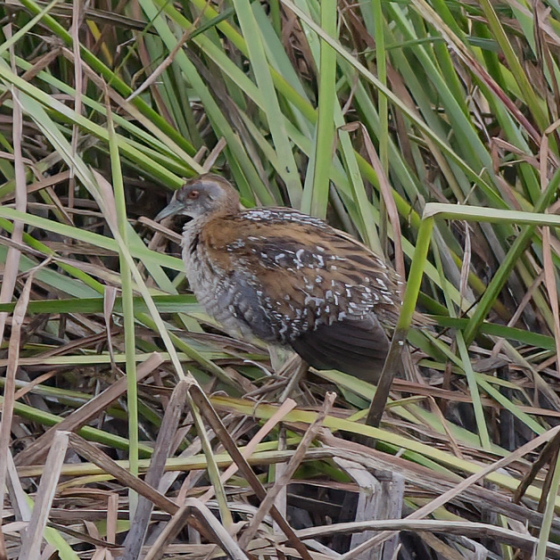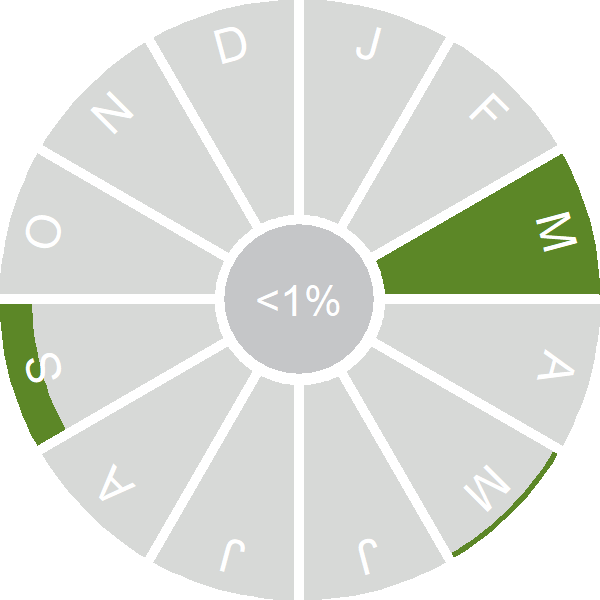Baillon's Crake
Zapornia pusilla (Pallas, 1776)
VC
 BAICR
BAICR  4110
4110

Family: Gruiformes > Rallidae

A small and secretive rail, whose main range is eastern Europe but which also occurs in scattered locations across southern Europe.
Occasional incursions of Baillon's Crakes into north-west Europe have been linked to drought conditions in southern Spain, pushing birds from the breeding sites there to move further north. In such years we sometimes see the presence of calling males at suitable sites here in Britain, though the bird's secretive nature and choice of breeding habitat make it difficult to prove breeding.
Identification
Develop your bird ID skills with our training courses
Our interactive online courses are a great way to develop your bird identification skills, whether you're new to the hobby or a competent birder looking to hone your abilities.
Browse training coursesStatus and Trends
Population size and trends and patterns of distribution based on BTO surveys and atlases with data collected by BTO volunteers.
DISTRIBUTION
This vagrant is too rarely reported to map distribution. There have been a number of recent breeding records in large extensive wetlands, but this habit, and species' nocturnal nature makes detection very difficult.
Movement
Information about movement and migration based on online bird portals (e.g. BirdTrack), Ringing schemes and tracking studies.
RINGING RECOVERIES
View a summary of recoveries in the Online Ringing Report.
Biology
Lifecycle and body size information about Baillon's Crake, including statistics on nesting, eggs and lifespan based on BTO ringing and nest recording data.
PRODUCTIVITY & NESTING
Sample sizes are too small to report Productivity and Nesting statistics for this species.
BIOMETRICS
Sample sizes are too small to report Biometrics for this species.
Feather measurements and photos on featherbase 
CODES & CLASSIFICATION
Field Codes 
|
2-letter: VC | 5-letter code: BAICR | Euring: 4110 |
For information in another language (where available) click on a linked name
Would you like to search for another species?






Share this page